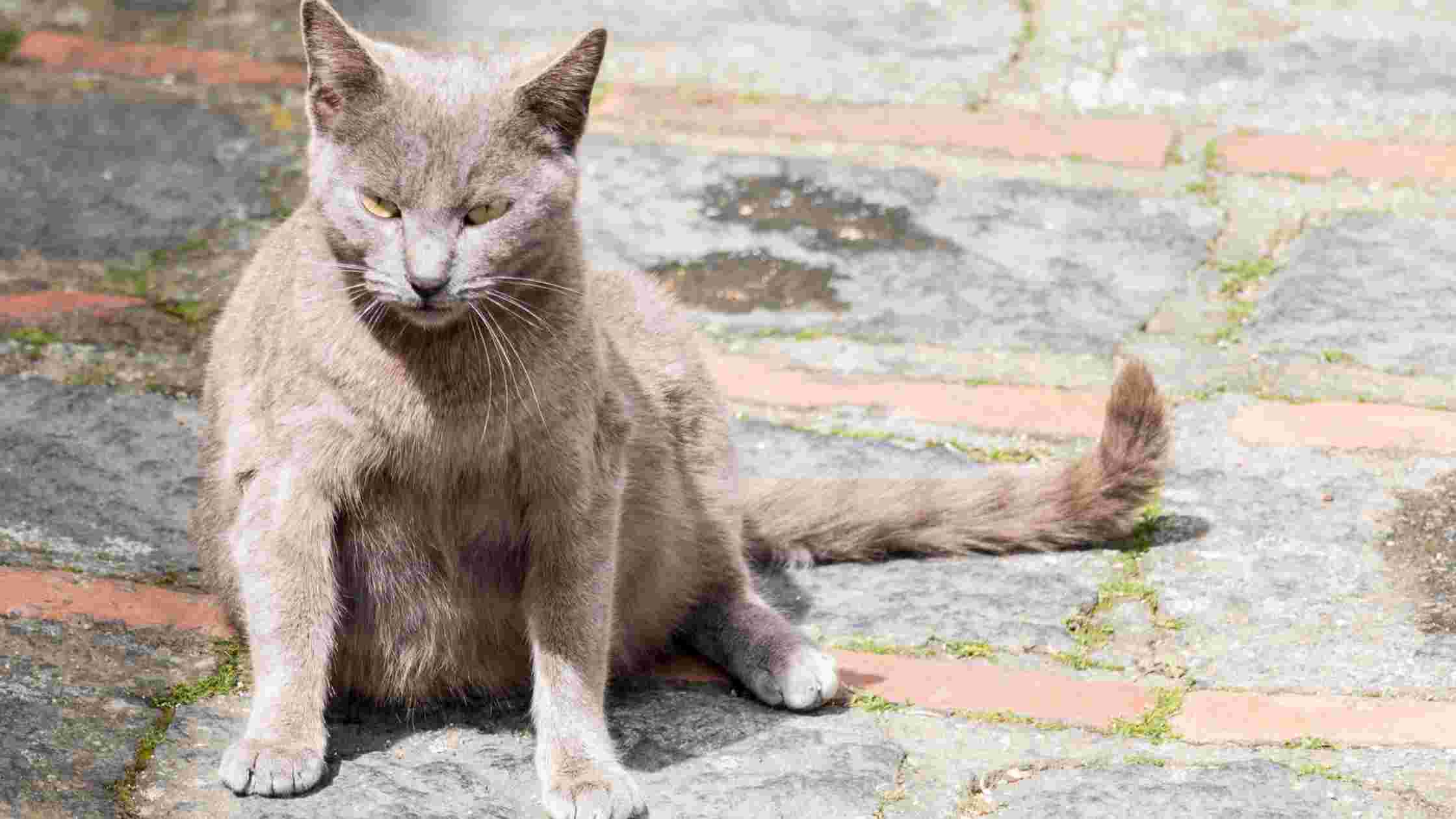How Long Does It Take a Cat to Digest Food? Digestion is the process that breaks down large food molecules into simple sugars, fatty acids, and amino acids that are then absorbed by the body.
Digestion occurs in the stomach and small intestine. This process starts when food is chewed into smaller pieces by teeth before being pushed down to the stomach, mixing with gastric juices. The stomach lining also produces mucus, which protects against stomach acid reaching delicate tissues.
Cats have a digestive system that is specifically designed to digest meat. The mixing of these fluids with food causes an increase in acidity called hydrochloric acid (HCl). The lower pH encourages cells to secrete enzymes that can break down proteins into smaller pieces called peptides.
The cat’s digestive system is composed of the GIT, liver, and pancreas. It has three parts: the esophagus, stomach, and small intestine. The GIT starts at the mouth and ends at the anus. Along the way, it takes in food through its mouth and uses its teeth to break it up into smaller pieces before it can be swallowed and sent down to the stomach for digestion.
The first organ of the GIT is the esophagus which connects to the stomach through a narrow opening called a sphincter or valve that controls what goes into each organ. The esophagus then opens into an elongated sac-like structure called a stomach.
Digestion Journey of a Cat
Cats cannot break down cellulose, the main component of plant cell walls, and instead rely on a symbiotic relationship with gut bacteria to digest this portion of their diet.
The cat’s digestive system consists of the mouth, esophagus, stomach, small intestine, large intestine, and rectum. The mouth contains sharp teeth that tear loose pieces of meat. They have no teeth that can chew food into swallowable pieces.
Cats are carnivores, so their diet is made up of meat. The cat’s stomach contains hydrochloric acid to break down the protein in the heart. The cat’s intestines have enzymes to break down the protein and carbohydrates in the meat.
Also Read – Best Wet Cat Food
According to the cat’s digestive system, cats cannot take in plants or any plant products. If any plant or plant products are given to them, their boy will not have any nutrition, which will be in vain. This is due to the cat’s digestive system enzymes, which help extract nutrients from plants or plant products.
This can be understood like the human body can’t eat grass, but many animals can. This is because of the lack of enzymes in our bodies.
Though on the contrary, there are some vegan cat food options available in the market. But these items are not enough for the nutrients required for the cat.
How long does it take for a cat to digest food?
The human being’s digestion system usually takes about 7 to 8 hours, and it seems a very long time for some people. Moreover, cats have a different digestion system, taking less than 25 hours to digest the food. The main reason is that the food usually takes 10 to 20 hours to pass through the digestive system.

Most importantly, your cat’s teeth are prepared for slicing the parts of their meat rather than chewing them slowly.
Also Read – What Human Food Can Cats Eat
And, one more important thing, it takes 10 to 20 hours for the cat to digest their meal. Well, it can be shorter, and if your cat throws up the rest of the time, they throw like undigested food.
Blockage – How It Happens
As we discussed, digestion can easily take months, but in case of blockage. And a backup can be caused by sticks, stones, plastic, or anything that isn’t food or easy to eat.
But, yes, please make sure you don’t assume automatically so that you can have been chewing on the rocks by just having a thought of blockage.
And for the cat, it was a mouse or bird who ate the tricky thing.

Leave a Reply